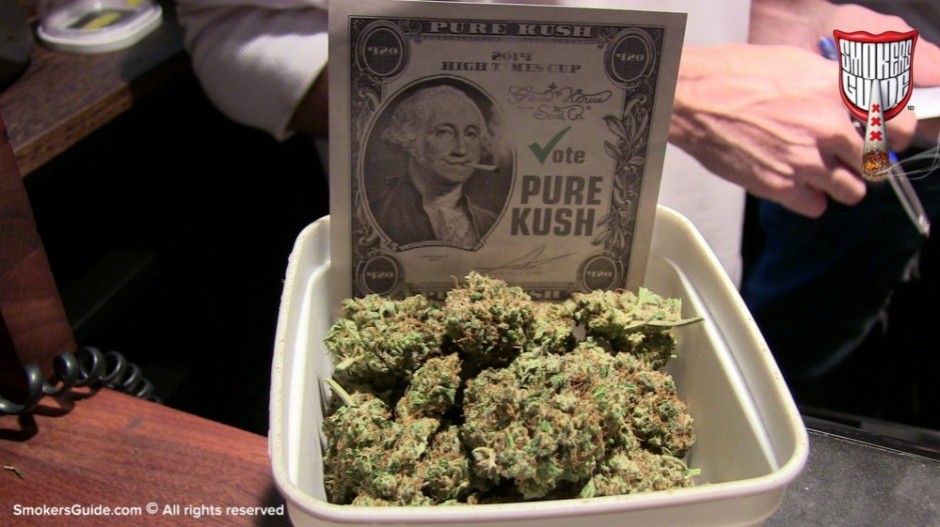The Founding Fathers Grew Weed
As you might know even George Washington and Thomas Jefferson grew hemp! In a letter to his farm plantation field manager, William Pearce (Feb. 24, 1794), George Washington famously wrote:
“Make the most of the Indian hemp seed … and sow it everywhere!”
It was even legal to pay taxes with hemp, up until the 1800’s, partly to encourage farmers to grow more. Refusing to grow hemp during the 17th and 18th centuries was actually against the law. They saw how valuable this plant was, at the time especially for its strong fibres that could be used to make ropes and sails. Marijuana was accepted as a medicinal plant and was listed in the United States Pharmacopeia from 1850 until 1942. Recommended uses included labor pains, nausea, and rheumatism.
The War on Drugs Begins
In 1906 when the Pure Food and Drug Act passed, it classified cannabis as a poison. Placing cannabis in a category of dangerous drugs. This was strengthened in 1925 at the International Opium Convention where the USA pushed for the regulation of Indian hemp, and its preparations, namely hashish (aka hash). This convention made the export of cannabis illegal without government certificates stating that the shipment was "exclusively for medical or scientific purposes".
"The treasury department intends to pursue a relentless warfare against the despicable dope peddling vulture who preys on the weakness of his fellow man."
Those were the words of Harry J. Anslinger, Commissioner of the Federal Bureau of Narcotics in the 1930s. Anslinger is often blamed for forcing the final nail in the coffin for cannabis prohibition. He drafted the Marijuana Tax Act 1937.
This act made the possession or distribution, except for medical and industrial use, of cannabis illegal unless you paid fees and applied for a tax stamp from the government, and very few tax stamps were actually given out – effectively prohibiting cannabis in the USA. It is maybe worth mentioning that during this period, Alcohol Prohibition was in full effect in the United States. A nationwide ban on the sale, production, import, and transportation of alcohol that was enforced from 1920 to 1933.
Despite being heavily controlled, the true final nail in the coffin for medical marijuana was in 1970, when the federal government passed the Comprehensive Drug Abuse Prevention and Control Act (now known as the Federal Controlled Substance Act). This act created categories for controlled substances, and cannabis was classed as Schedule I – meaning it had “high potential for abuse” and “no currently accepted medical use”.
Marijuana IS Medicine
One of the most important victories for the resurgence of medical marijuana in the USA was in 1978 when Robert Randall sued the federal government. He used cannabis to treat his glaucoma, claiming medical necessity. And he won, the judge ruled that Randall should be allowed to use cannabis for medical purposes. He ordered the Food and Drug Administration to set up a program to facilitate this. A cannabis farm was set up at the University of Mississippi, and each month 300 pre-rolled marijuana joints/cigarettes were sent to Randall.
Sadly the program was discontinued in 1992, 13 people were enrolled and some of the patients are still alive and still receiving marijuana every month from the US Federal Government. One of the most well-known of these is Irvin Rosenfeld, who uses marijuana to manage and treat rare bone tumors that grow throughout his body.
California Dreaming
California was the first to lead the fight for medical marijuana legislation. In 1996 voters passed Proposition 215. The Oakland Cannabis Buyers' Cooperative was set up to "provide seriously ill patients with a safe and reliable source of medical cannabis, information and patient support" in accordance with Proposition 215.
The Green Rush
Following the lead of California, state after state is now legalizing and regulating medical marijuana. So far, as of 2015, 23 states have created medical marijuana programs, including Colorado, Oregon, Arizona, Michigan and many more. There are now hundreds of medical marijuana dispensaries all over the USA now, with many more states looking to create similar programs.
A few states have even moved forward to full cannabis legalization. Alaska, Colorado, Oregon, Washington and Washington D.C. have all legalized the recreational use of marijuana. The green rush shows no sign of slowing down, as the USA moves to a position of acceptance of medical marijuana use and recreational use.





